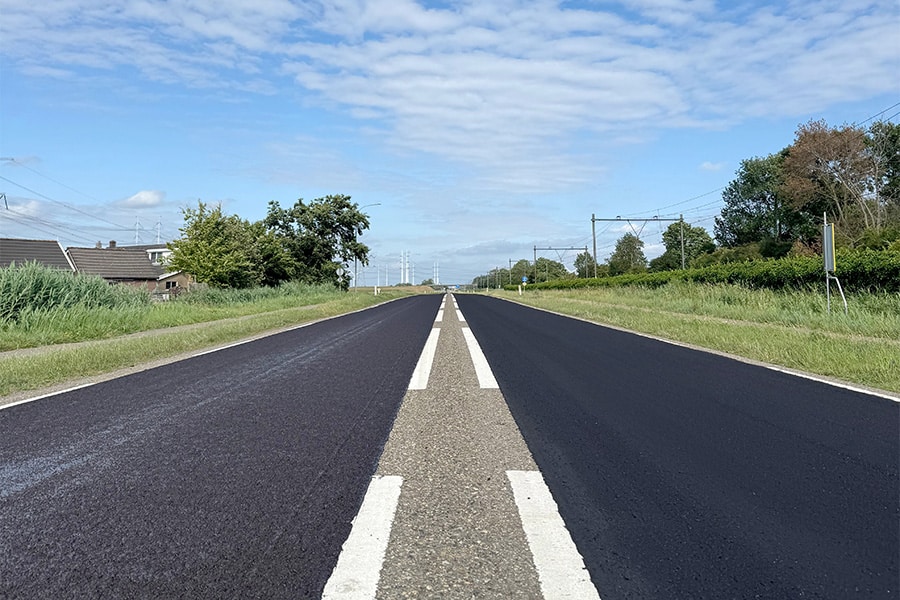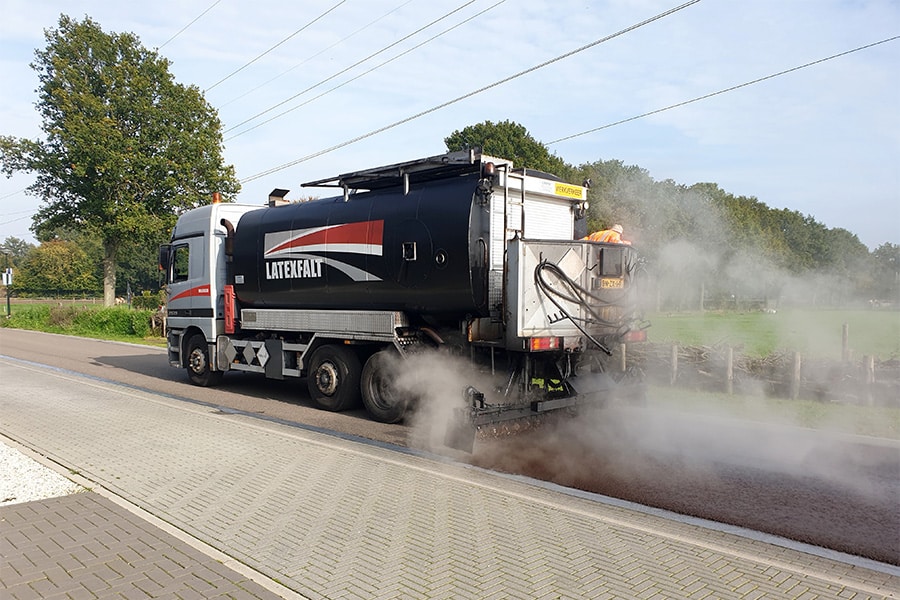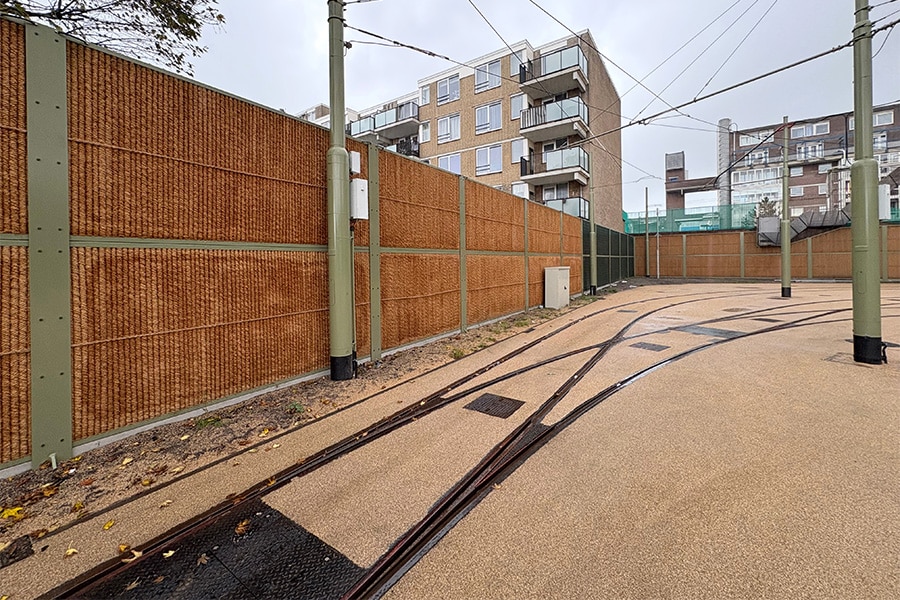
Logical next step in Virtual Reality
That data in geo-information systems offers great advantages for the various parties involved in design processes was already beyond dispute. The cooperation of the established Esri with the start-up Tekle Holographics now not only succeeds in mapping reality, but thanks to holograms the user can also experience reality. With the ultimate application being the holo-room.
Esri has been considered a leading provider of geoinformation systems (GIS) for many years. In those 53 years that the company has been developing ArcGIS, a database for data from the outside world, not only have the technical possibilities increased, but also the wishes of end users have changed. "Although digitization in the design world has taken off in the last decade and many structures are already drawn in 3D, the experience side was still lacking. The technology of holograms offers the solution for this." Speaking is Niels van der Vaart, manager of innovation and portfolio development at Esri Netherlands. Together with Laurine Bonnewits, public affairs and relations officer at Tekle Holographics and Michel Tzsfaldet, CEO at Tekle Holographics, he talks about this new collaboration.
"The question was not: are we going to work together, but when are we going to work together?" said Van der Vaart. "It was only waiting for the moment we would meet." That finally happened late last year and that acquaintance resulted in the current cooperation in early 2022. The first result was on display at the Esri GIS Conference on September 21 and 22, 2022 in Rotterdam: the holo-room with a digital twin of the Zalmhaven Tower.
Tekle Holographics, founded in 2021 by Tzsfaldet, makes technology for presenting 3D content in the form of holograms. "Initially, I was not focused on GIS solutions and my focus was on Facebook metaverse," Tzsfaldet says. "However, as I was allowed to philosophize more about this with large U.S. and South Korean companies, it became increasingly clear to me that the metaverse as envisioned by 'the common man' is actually going to become a digital twin of the world. It strengthened my belief that geo-information will only become more important in the future."

Displaying GIS in 3D helps end users take in a large amount of data. This is already being done through the use of VR glasses, but that has limitations, Tzsfaldet explains. "A trained user can take in a maximum of two hours of data with VR glasses. Applying holographics in space makes that time essentially unlimited. In addition, viewing with VR glasses is an individual experience. The viewer is cut off from reality and is alone in that environment. With the application of holographics, we bring the benefits of VR to an environment where you can stand for a long time and watch with others."
In addition, these innovative visualizations can be directly connected to the source systems of organizations such as the Department of Public Works and provinces. As soon as the drawing in the source changes, the hologram is immediately up-to-date. Bonnewits explains, "One of the advantages of spatial data infrastructure is that it consists of different layers that you can disable separately with this system, so that the end user only sees what he needs. Also, the effect of changes is immediately visible: what happens if I remove one or two layers? As people increasingly think in images, the need arises to be able to oversee something at once. With this, you no longer have to think about how something could be from paper or in a 2D session."
Tekle supplies various holographics products, such as the holo-table, the holo-wall and the holo-room. The latter application was used for the digital twin of the Zalmhaven Tower in Rotterdam. Van der Vaart explains why this is such a good example of the power of 3D content in combination with ArcGIS. "Especially in such a complex project as the Zalmhaven Tower - the largest residential tower in the Benelux - the added value of the holo-room comes into its own. After all, it also visualizes what is happening underground."
"Because it involves replacing existing construction in urban areas, there are already piles in the subsurface that must be taken into account. Not to mention existing cables, pipes and the subway system. The new piles have to go 60 meters into the ground next to the old ones. In order to meet sustainability requirements, the possibility of heat and cold storage underground was considered: are the necessary clay layers for this present and where are they located?"
It also captures information for the construction phase: at what locations can the cranes be and how many, can storage of construction materials take place, how many trucks can park, and so on. "In a digital twin of an environment, all disciplines come together and you can weigh the different interests of various stakeholders. Thanks to the hologram, you can look at it together and you all have the same data. In a holo-room, you can also walk around it and interaction is possible. That makes it efficient, effective and also sustainable."
Heeft u vragen over dit artikel, project of product?
Neem dan rechtstreeks contact op met Esri Netherlands.
 Contact opnemen
Contact opnemen




